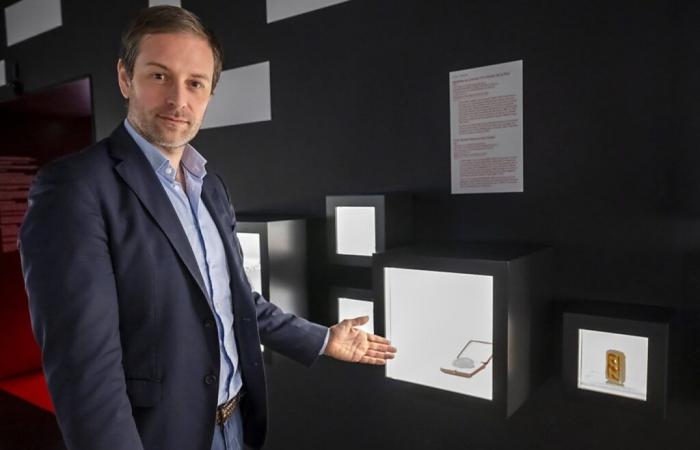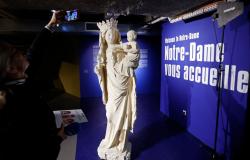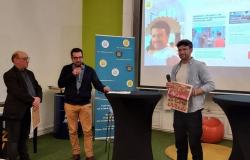“We need a public debate on the future of the museum. We cannot make such a decision without consultation,” Pascal Hufschmid told Keystone-ATS. He cannot bring himself to have the immense heritage, from the first Nobel Peace Prize medal awarded to 13,000 posters to the archives of prisoners of war from the First World War, languishing far from the public.
According to the planned scenario and which may not be put up for consultation in the Federal Parliament in January unlike other saving measures, the Federal Department of Foreign Affairs (FDFA) will stop its annual subsidy of almost 1.1 million francs. That’s a quarter of the museum’s budget.
He was invited to participate in a tender competition from the Federal Office of Culture (OFC) for the period 2027-2030 which could compensate around 300,000 francs per year, according to Mr. Hufschmid’s estimate. . And without further guarantee in the event of attribution. However, the transfer from the FDFA to the OFC is already underway.
In any case, “we would face a structural deficit”, says the director. Whereas with less than 15 full-time equivalents, each employee takes care of more members of the public on average compared to the major Zurich museums.
At the beginning of October, the director, on the verge of tears but combative, deplored at the opening of the new temporary exhibition a decision which jeopardized “the viability” of the MICR. Mr Hufschmid believes that the consequences were not really considered in Bern.
Cassis not come recently
“We do the job. We talk about international humanitarian law (IHL) every year to more than 120,000 people, including 25,000 young people,” he insists. Of these, almost half come from other regions of the country. “It’s not just a Geneva cultural affair” because “each canton has a link with the history of the Red Cross and Henry Dunant is a national figure,” specifies the director.
In the same day, a child like a head of state walks through the museum. On the other hand, Mr. Hufschmid has never had the pleasure of welcoming the head of the FDFA Ignazio Cassis since he took over five years ago.
He does not say he is opposed to change, provided that it guarantees the sustainability of the establishment. Among the options, that of nationalization should not be taboo. “It is a museum that is just as important for the image of Switzerland abroad as the Swiss National Museum,” says Mr. Hufschmid.
Another possible scenario, the MICR would continue to take care of the collections which would however be deposited with a national institution which would relieve the museum of significant costs. A recourse to private financing is also not excluded. But these players rather inject into projects and not into operating costs, explains Mr. Hufschmid.
The announcement came at the worst time, when the MICR has important projects underway. “We are staying the course,” says the director. “I have two years to find solutions and present a balanced budget to the Foundation Board.”
Next vote planned in Geneva
The Geneva Grand Council will decide at the end of November to increase the cantonal subsidy to nearly 970,000 francs. That is to say an addition of 100,000 francs to provide for the next permanent exhibition expected for 2028, not to compensate for the federal envelope.
As the director wishes, this must “decenter the discourse” and be constructed directly with the public. Links of certain figures of the Red Cross with colonialism, historical gender inequality in humanitarian work, nothing will be hidden.
For the first time, the director reveals the future structure, around questions rather than themes. A central square which will present the Geneva Conventions will open onto the history of the Red Cross, humanitarian work today and the challenges to be expected for tomorrow such as autonomous weapons.
All with approaches for adults and children, with heritage and new technologies, as well as an annual theme. “An impermanent exhibition regularly updated,” according to the director.
Relocation better than closure
The public will also be associated with works by an artist in residence each year, starting next February, for a project lasting approximately two years each time. This person will work in a workshop open to the museum where the public will be invited to participate.
But sustainable funding will be required. The director also does not rule out the possibility of the collections going abroad if an establishment provides the means. “This scenario is certainly preferable to a definitive closure. But it amounts to the same thing for our public and contradicts the importance of the museum for Switzerland and its values,” he says. “And it sends shivers down my spine,” he says.
However, he is convinced that the museum will still be there in 2027. “Because it cannot not exist. I cannot believe that Switzerland will decide to lose it,” he says.






